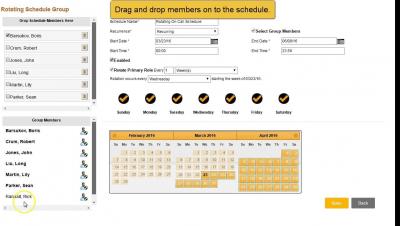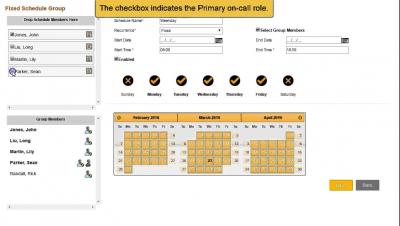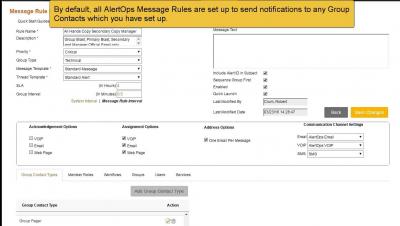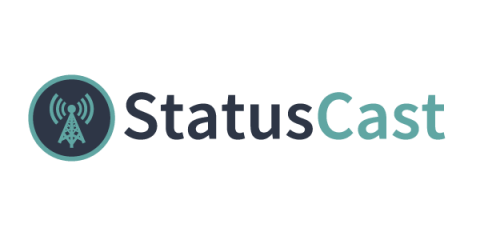Operations | Monitoring | ITSM | DevOps | Cloud
Alerting
Message Rules Notify all user at once
Managing Application Uptime - Hosted Status Page vs DevOps Team
When your software goes down, there are two audiences that need to know about it. One: the people who are going to get frustrated and blame you for the inconvenience. Two: the people who can fix the problem. The first audience doesn’t need to know the details of the problem – they just need to know that you’re on top of fixing it, and how long they can expect to wait before full functionality is restored (insofar as you can make a realistic estimate about that).
Customize Your Status Page - StatusCast Vlog 1
Configure Incident Reports - StatusCast Vlog 2
Setting Up Different Integrations - StatusCast Vlog 3
How to Integrate healthchecks.io with PagerDuty
PagerDuty is a well-known incident management system. It provides alerting, on-call scheduling, escalation policies and incident tracking. If you use or plan on using PagerDuty, you can can integrate it with your healthchecks.io account in few simple steps!
Top 10 Reasons AlertOps is Better Than PagerDuty: #2
A service-level agreement (SLA) defines the level of service expected from a service provider. As such, an SLA plays a key role in an organization’s ability to fulfill customer requests. If an organization breaks an SLA, it risks significant revenue and brand reputation damage. Perhaps worst of all, this organization may lose customers to its rivals if it cannot comply with SLA mandates.
Top 10 Reasons AlertOps is Better Than PagerDuty: #3
AlertOps offers more flexibility than our competitors when it comes to alerting capabilities – and that can mean more power for our users. Does your incident management team have the ability to send the right messages, to the right team members, every time? If not, team members may be forced to deal with alert overload due to the sheer volume of notifications that they receive over time. In many instances, an entire incident management team receives notifications.











